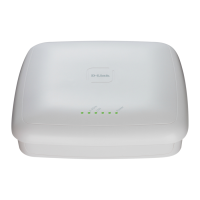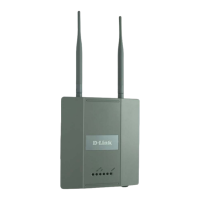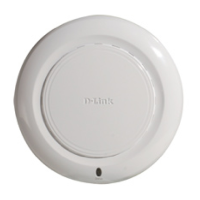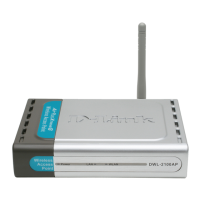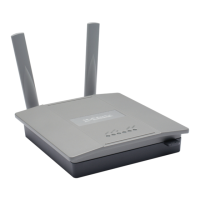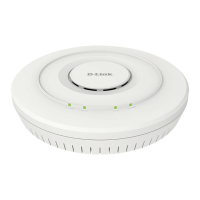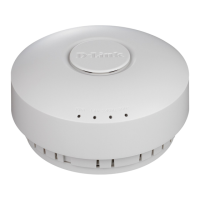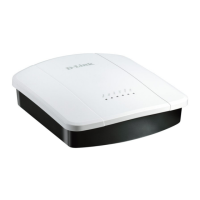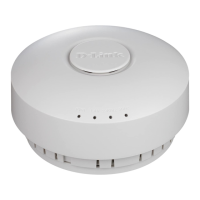4.2 WS1 & WS2 LAN Configuration
The configuration in this section takes place on WS1 and WS2, and all features are under
the LAN tab on the navigation panel. Please follow the steps you have learned from
previous scenarios to configure the VLANs, interfaces, and addresses on the systems.
4.2.1 DHCP
Configure DHCP Server parameters and pools on WS1 to provide addresses for AP1,
Guest, Sales, and RD Tunneled WLAN Clients and for AP2 on WS2.
4.2.2 Configure routes on WS1, WS2, and L3 device
You must configure routes on the Wireless Switch and L3 core device to provide IP
connectivity between the Wireless Switches, APs, and servers. You can either configure
static routes for each network you need access to at the Wireless Switch or you can
configure a default route. The Wireless switch at a minimum requires IP access to the
other Wireless switch to allow peering to occur and the APs must have IP access to the
RADIUS server for WPA2. Other routes (or a default route) provide access for clients to
reach other networks.
The following default and static routes should be configured.
Device Network Address Mask Next Hop IP Address
WS1 0.0.0.0 0.0.0.0 172.17.5.254
WS2 0.0.0.0 0.0.0.0 172.17.6.254
L3 Device 192.168.101.0 255.255.255.0 172.17.5.253
L3 Device 192.168.102.0 255.255.255.0 172.17.6.253
L3 Device 192.168.4.0 255.255.255.0 172.17.6.253
L3 Device 192.168.10.0 255.255.255.0 172.17.5.253
L3 Device 192.168.20.0 255.255.255.0 172.17.6.253
L3 Device 192.168.5.0 255.255.255.0 172.17.5.253
Note: The static route toward AP1, AP2, and the Radius server is needed only for
WPA2-EAP authentication.
Note: A default route above will direct all unknown IP traffic from the Wireless Switch
to the “customer” L3 switch and configured a route on the L3 switch to direct traffic to
the Wireless switch to reach the AP2 subnet a routing loop will occur when you pull
power on the AP connected to the Wireless Switch. This occurs because when you pull
power to the AP, the link to the switch goes down and if this was the only link on the
AP1 subnet, the local route will also go down. The Wireless switch continues to attempt
communications with the AP for approximately a minute until it decides that the AP has
failed. Since the Wireless switch no longer has an IP route to the APs subnet however, it
will forward the traffic to the configured default gateway which is on the “customer” L3
device which in turn might have a route pointing back to the Wireless switch – causing a
routing loop. The loop will saturate the link between the Wireless switch and the L3
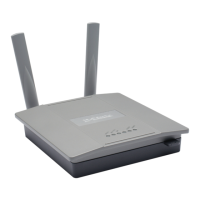
